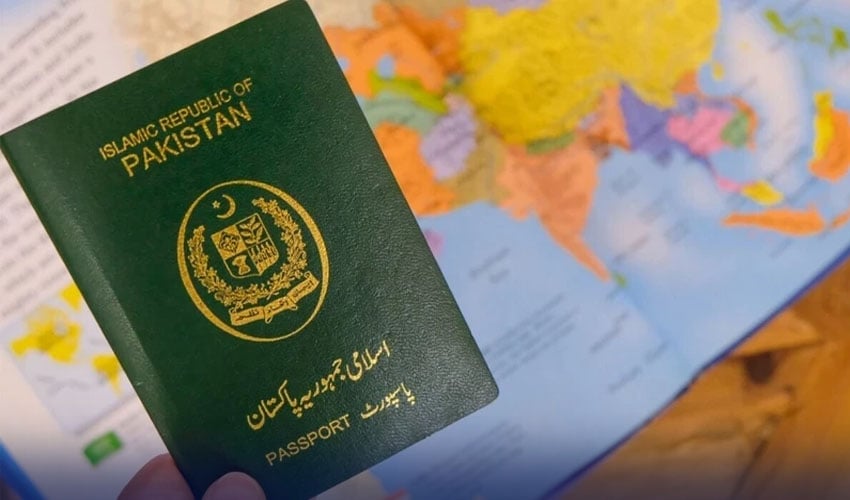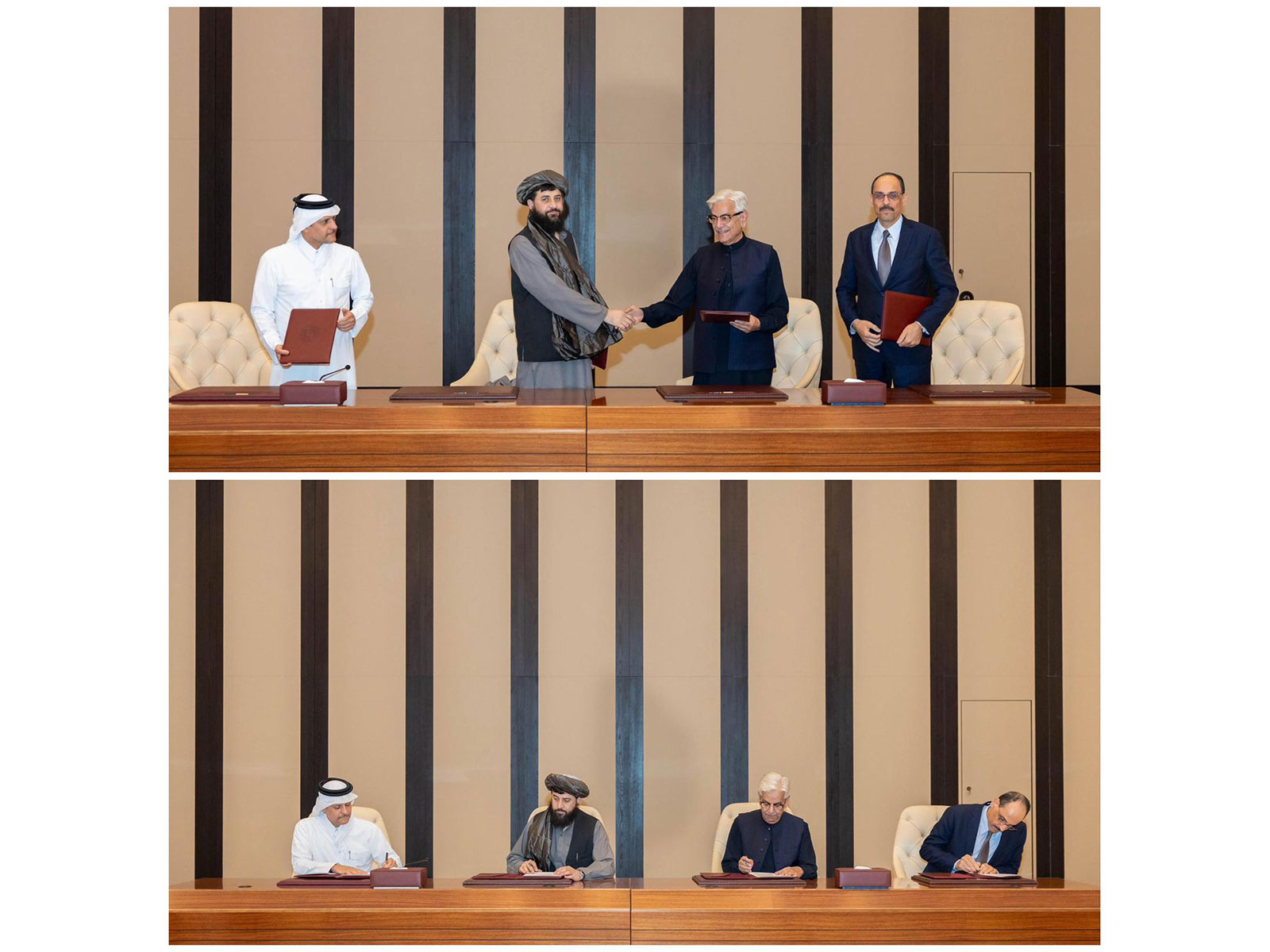The Pakistan government has decided to completely revamp the design of the national passport, introducing a modern look that highlights the country’s cultural and architectural heritage while adding advanced…
Category: 1. Pakistan
-

IHC suspends verdict for LG polls in four months
– Advertisement –
ISLAMABAD, Oct 22 (APP):A division bench of the Islamabad High Court (IHC) on Wednesday suspended the verdict of single member bench regarding holding of local body elections in federal capital within four months.
The division…
Continue Reading
-
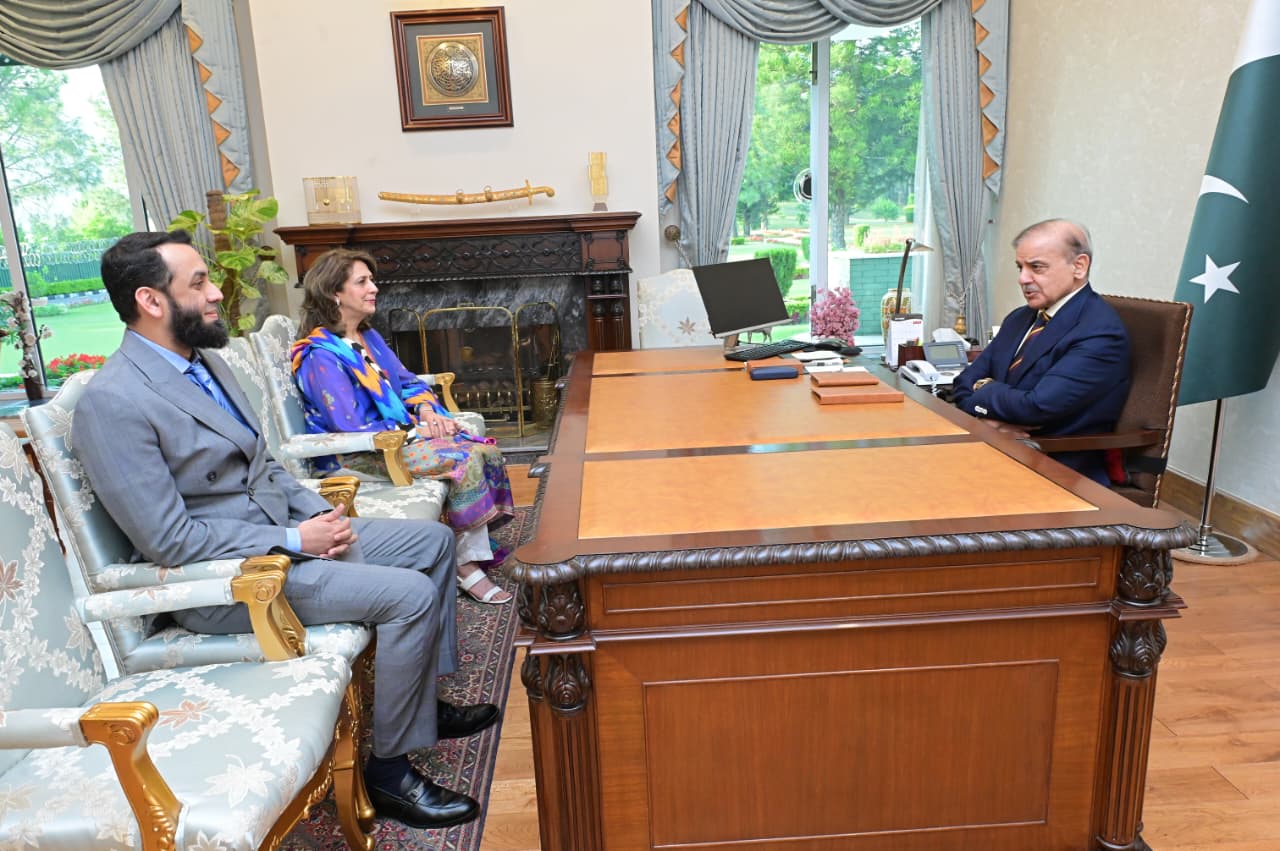
PM Shehbaz commends Information Secretary Ambreen Jan for dedicated service on retirement
– Advertisement –
ISLAMABAD, Oct 22 (APP):Prime Minister Muhammad Shehbaz Sharif on Wednesday lauded the services of Federal Secretary for Information and Broadcasting, Ambreen Jan, during her farewell call at the Prime Minister’s…
Continue Reading
-
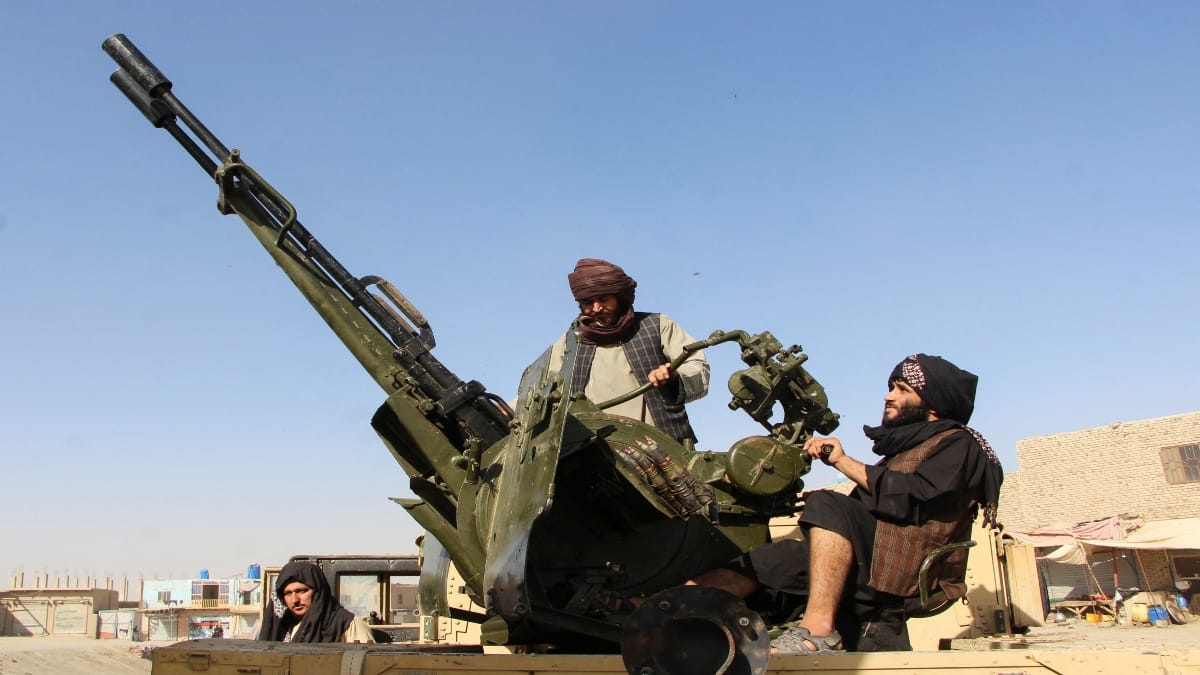
Afghanistan reasserts terms of pact with Pakistan – Firstpost
“The agreement completely emphasises ceasefire, mutual respect, the avoidance of attacks on each other’s security forces, civilians, and facilities, the resolution of all matters through dialogue, and not facilitating attacks against one…
Continue Reading
-

Fuel import crisis feared as Sindh seeks mandatory bank guarantees
Pakistan’s petroleum industry imports 20 to 25 consignments monthly, worth Rs15 to 25bn each
Oil tankers parked at a terminal at a port in Karachi. PHOTO: AFP
…Continue Reading
-

Four children, woman killed, 3 injured as mini truck hits motorcycle rickshaw
– Advertisement –
KHANEWAL, Oct 22 (APP):Five passengers including a woman and four children were killed and three others sustained injuries after a motorcycle rickshaw they were riding met an accident involving a mini truck overloaded with husk…
Continue Reading
-
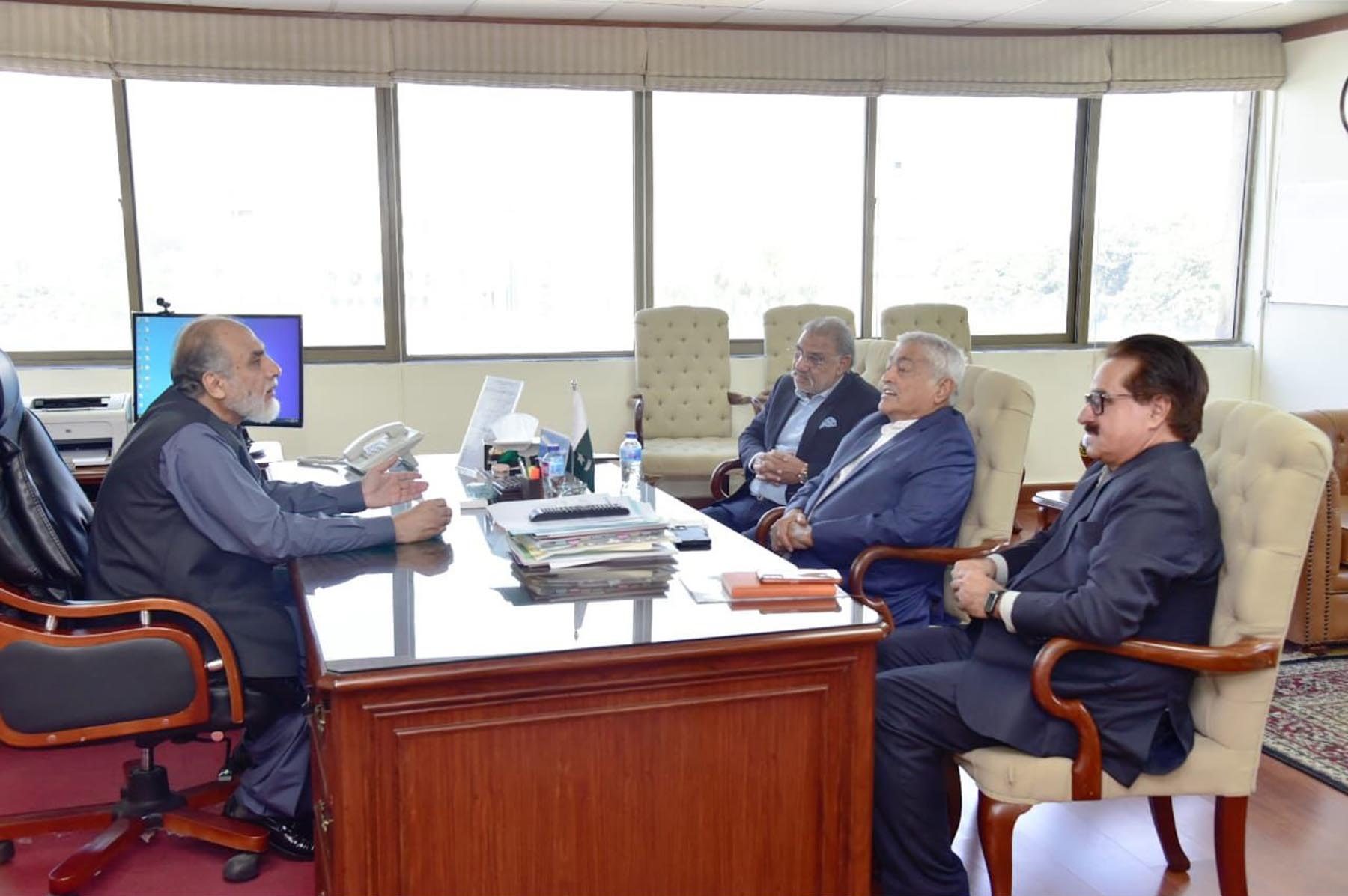
Khalid Magsi reaffirms commitment to promote quality, certified products in steel sector
– Advertisement –
ISLAMABAD, Oct 22 (APP):Federal Minister for Science and Technology, Khalid Hussain Magsi Wednesday reaffirmed the government’s commitment to promote quality and certified products in Pakistan’s steel sector, in line with…
Continue Reading
-
6 terrorists of Fitna al-Hindustan killed in Dalbandin Balochistan – RADIO PAKISTAN
- 6 terrorists of Fitna al-Hindustan killed in Dalbandin Balochistan RADIO PAKISTAN
- Security forces crush terrorist formation, kill six in Dalbandin Geo TV
- Six Militants killed as security forces dismantle Indian-backed terror group in…
Continue Reading
